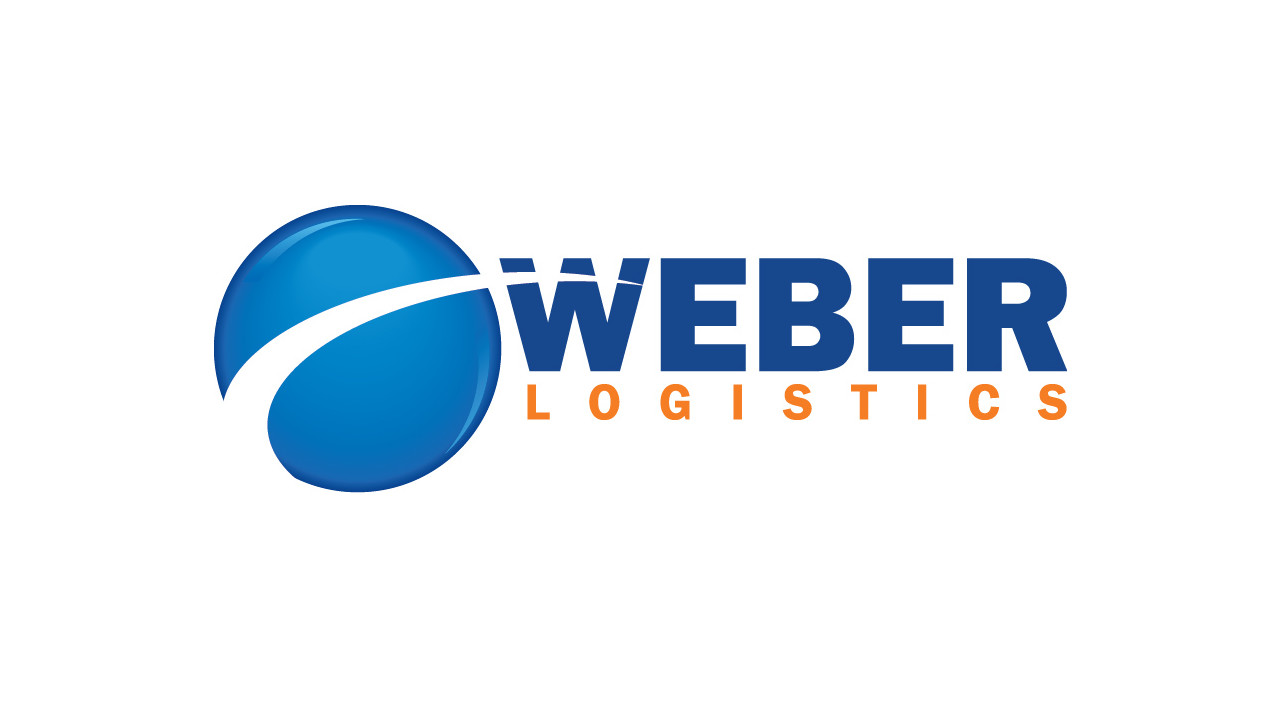
Weber Distribution LLC
1961 Weber makes its first high profile acquisition by purchasing 35 additional trucks for its transportation fleet. 1964 The company is acquired by Nick Weber, founder Karl Weber's son, who had been the firm's Vice President and General Manager since 1961. 1967 The corporation name is formally changed to Weber Truck and Warehouse. 1968 Weber acquires A and A Transfer and Storage Inc., of Maywood, California, whose operations had consisted of hauling store fixtures from Los Angeles throughout California and to Arizona, Nevada, and new Mexico. Weber operated its family business from its original location for over 40 years before relocating south of Los Angeles and starting on an expansion that, for the first time, brought Weber national recognition as the premier West Coast logistics provider. 1969 Weber Truck and Warehouse moves to a new 76,000 square foot warehouse in Vernon, California, the Industrial Center of Los Angeles, to establish corporate and operational headquarters. 1970 Ex